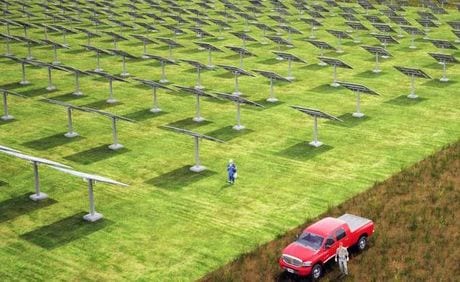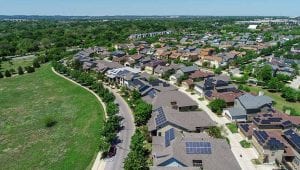The Sunshine Coast Council has narrowed down a shortlist of candidates to build its proposed 10MW solar farm – a project that has the potential to be a ground-breaker for the solar industry in Australia.
The council was inundated with applications for the project, created a shortlist of 48 candidates and narrowed the list down to 15 suppliers – from which a winning tender is likely to be announced early in 2014.
Sunshine Coast is looking to build the 10MW solar PV to slash its electricity bills, and also establish itself as a regional “clean-tech” hub.
The project will be one of only a few utility-scale solar installations that have gotten the go-ahead. The others are in the ACT – three projects totaling 40MW as a result of its solar auction program – the Solar Flagships project being built by AGL at Nyngan and Broken Hill, and the Moree Solar project being partly financed by the Clean Energy Finance Corporation.
Most other solar projects are waiting in the wings for contracts with utilities, and financing help from the CEFC or the Australian Renewable Energy Agency. But the resources of these two institutions have been reduced, and in the CEFC may be removed altogether.
However, projects such as the Sunshine Coast’s could lead more councils and other large energy users to consider building a solar farm for their own use.
The economics work better than trying to sell the electricity into the wholesale market, because the council or other user will consume much of the output. Sunshine Coast estimates the solar farm will meet more than half of its electricity needs, and mayor Mark Jamieson says it should deliver a $9 million saving in electricity costs.
“This will save money, reduce our carbon footprint and take the Sunshine Coast one step closer to becoming the most sustainable region in Australia,” Jamieson says.
“The investment in the solar farm will also inject $10 million into the local economy over the next 10 years and create up to 40 jobs during construction.”
Jamieson said the shortlist included “large international companies”. Among the criteria being examined are the financial capacity to build the project, and experience with similar scale projects, the proposed cost saving to council, the ability to work with the local network operator, and to find solutions to the flooding risk on the former sugar farm identified for the project.










